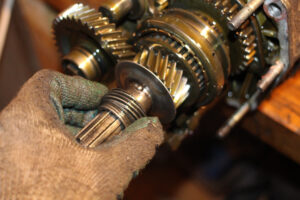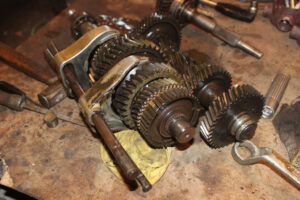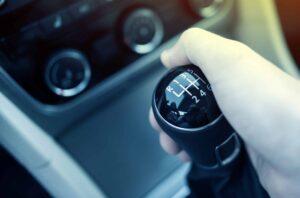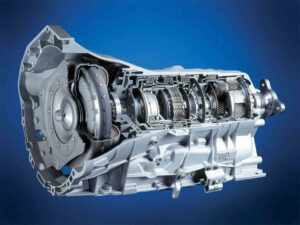What is a dual-clutch transmission and how it works from A to Z
The basic idea behind a DCT is that one clutch operates a gear-set for the even-numbered gears, while the second clutch drives the odd-numbered gears. This sort of mechanism, often known as a semi-automatic gearbox, has long been used in motorsport but is now becoming more widespread in massive production cars. When operating a vehicle, the shows a consistent engine power to be delivered progressively and pauses power to reduce gear cracking when shifting. When the clutch is engaged, power is transferred from the motor to the gearbox and drive wheels. To activate and release the engine from the gear, the transmission employs a flywheel, pressure plate, and clutch.
Why do people prefer it?
A dual-clutch gearbox is a type of computerized gear system that has two sets of gears, each controlled by its clutch. DCTs improve fuel economy and reliability. The dual-clutch gearbox is ideal for high-performance driving. The computers allow for exceptionally quick and precise gear changes. Many of the clunking or banging noises associated with manual gearboxes are eliminated by these smooth gear changes. The dual-clutch transmission is a strong, quick, and economical transmission. Even with vigorous driving, it should endure for ten years if it’s used appropriately. Many DCTs can function in two modes: fully automated, in which the car’s computer decides when to switch gears for you, and manual, in which you pick ratios using buttons, steering wheel paddles, or by sliding the gearshift lever.
How does a dual-clutch transmission work?
Many in-built computers control the dual-clutch gearbox. A DCT operates by employing two clutches rather than one, and both are highly automated, eliminating the need for a clutch pedal. These computers remove the need for the driver to physically shift gears and automate the actual process. Furthermore, dual-clutch gearboxes minimize the need for the user to manually shift from one gear to another with the gear shifter to know how does dual-clutch transmission work. However, the gear selection method is automated, allowing a DCT to function as an automatic transmission. Based on the manufacturer and usage, normal shift times for a dual-clutch gearbox might vary from 8 milliseconds to 100 milliseconds.
Advantages of dual-clutch transmission:
- Improved Fuel Mileage: The vehicle’s optional six-speed dual-clutch transmission is more fuel-efficient than a regular automatic transmission. The motor is linked directly to a dual-clutch transmission.
- Quick Switching: A dual-clutch gearbox effectively combines two automatic manual transmissions into one. That implies that while one gear is occupied, the next one is ready to go, resulting in lightning-fast changes.
- Increased Speed: Because a dual-clutch gearbox changes ratios in one-tenth of a second, the driver perceives faster speed. Because of its enhanced acceleration, it is a preferred choice for high-performance vehicles.
- Smoother Gear Shifts: The dual-clutch transmission is ideal for high-performance travelling. The computers allow for exceedingly quick and precise gear changes.
- Power and Effectiveness: When comparing a dual-clutch gearbox to a regular automatic transmission, the performance of both fuel and speed is around 6% higher. The transition from automatic to manual is seamless, giving the driver greater power over the experience of driving.





